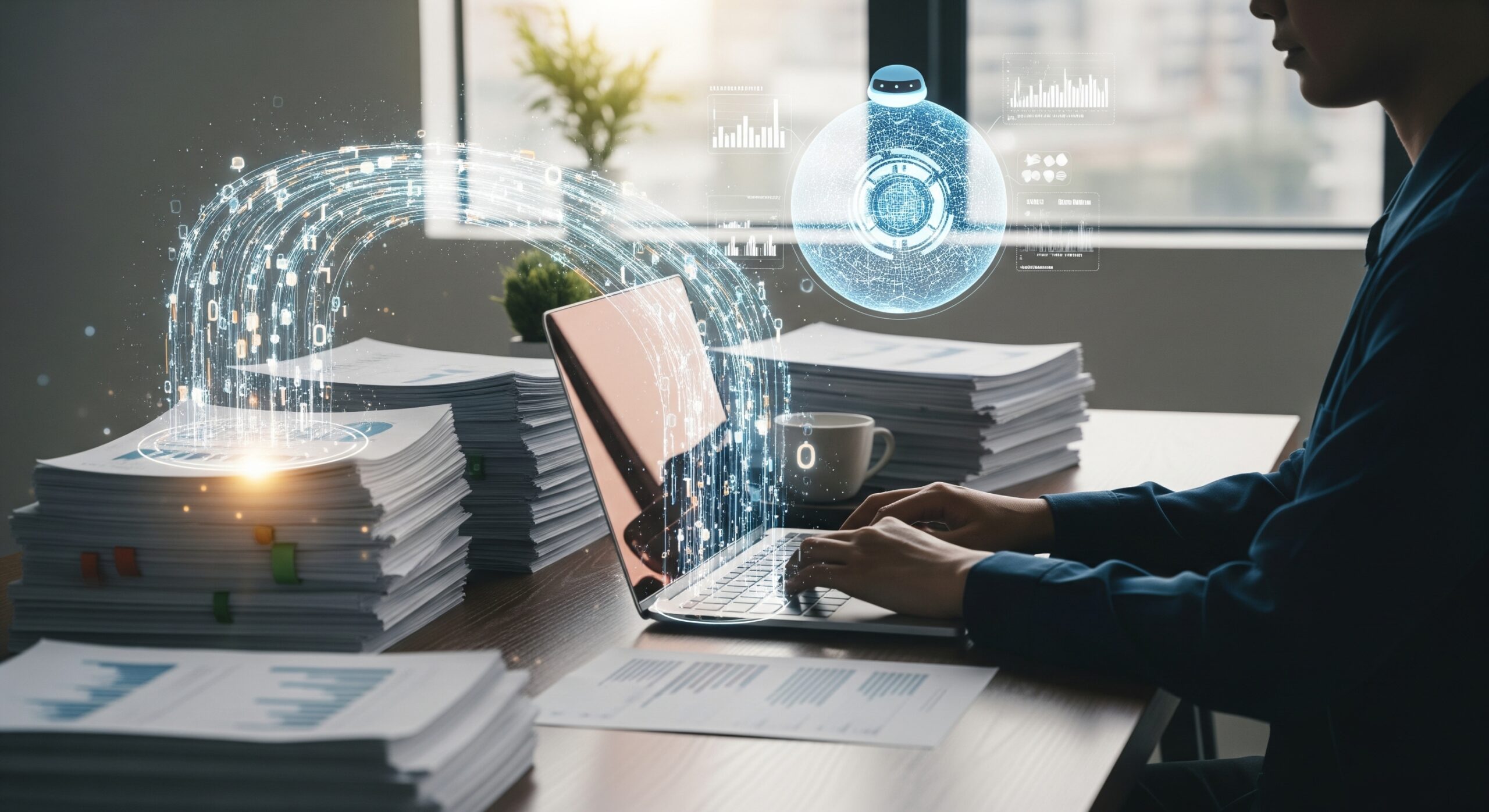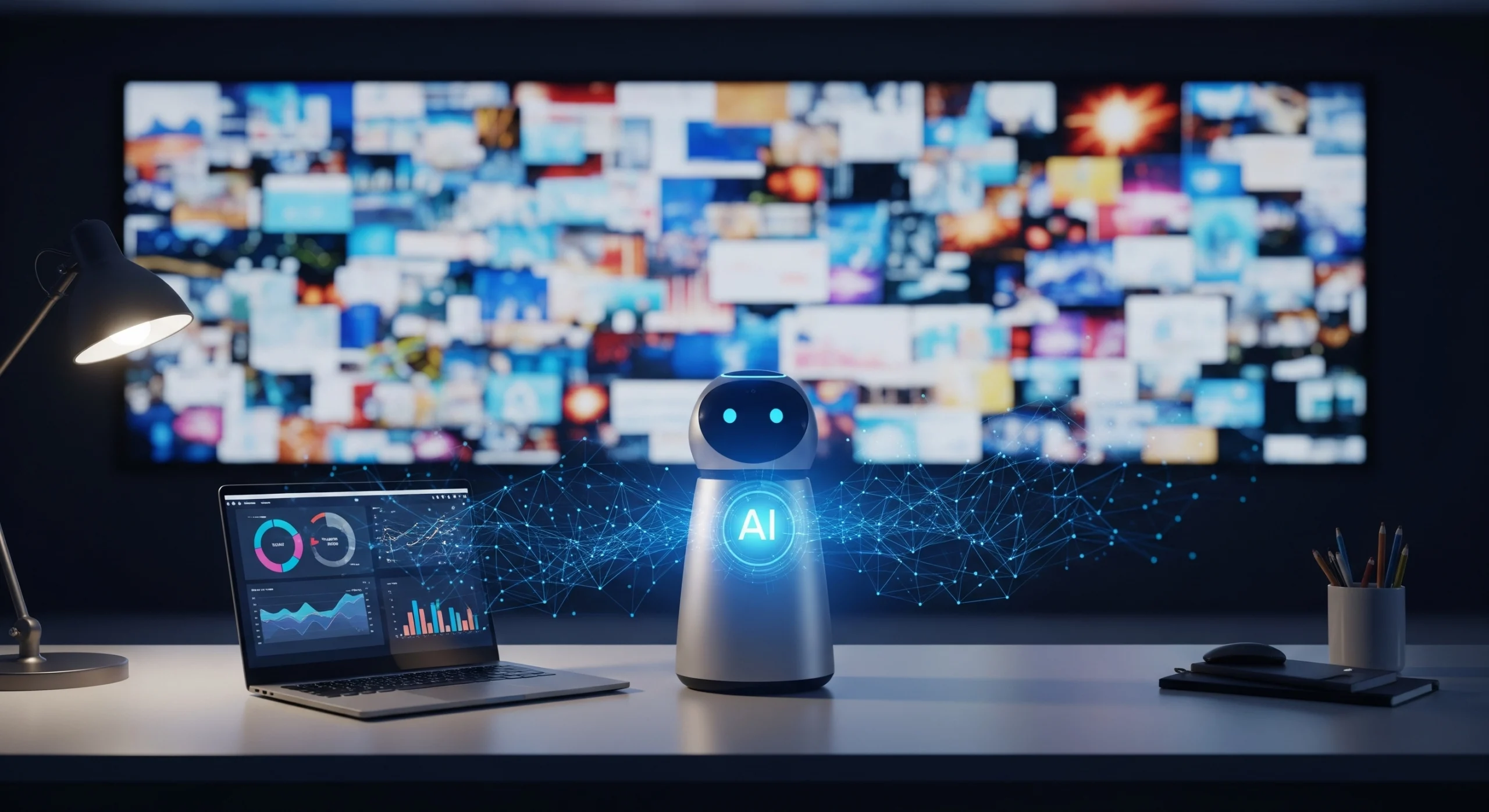The Evolution of ChatGPT: A Timeline of Key Releases and Milestones
Quick Summary
ChatGPT’s journey from a quirky chatbot to an indispensable productivity assistant is a story of rapid innovation, bold bets, and a few surprising pivots. This timeline traces the key releases and milestones that shaped not just ChatGPT, but the broader era of “conversational AI”—and what each leap has meant for real-world users.
The Evolution of ChatGPT: A Timeline of Key Releases and Milestones
Not long ago, the idea of chatting with a computer and getting a useful, nuanced answer—let alone generating code, images, or business strategies—felt like science fiction. Yet by 2025, ChatGPT has become the backbone of countless workflows, automating tedious research, summarizing sprawling documents, and even brainstorming content side-by-side with professionals. Understanding how we got here isn’t just a matter of nostalgia; it’s a playbook for decoding where AI goes next.
The story of ChatGPT is more than a list of technical upgrades. Each milestone represents a shift in how people interact with machines—and in how much trust, creativity, and complexity they’re willing to hand over. Whether you’re a founder embedding AI into your product or a freelancer leveling up your solo practice, knowing this timeline helps you spot patterns and opportunities before they hit the mainstream. Let’s unpack how ChatGPT went from oddity to essential in less than half a decade.
GPT-3 and the Birth of ChatGPT: From Playground to Prototype
OpenAI’s GPT-3, released in June 2020, was the watershed moment—the first time a language model drew mainstream attention for its uncanny ability to generate text that almost felt “human.” Still, most people encountered GPT-3 through the “Playground” interface, a quirky demo with a steep learning curve.
The real inflection point arrived with the launch of ChatGPT in November 2022. Suddenly, conversations became the interface. Users could ask follow-up questions, clarify intent, or nudge the AI into more useful directions—all in plain language. The result? Overnight, millions started exploring creative writing, code snippets, and instant summaries without needing to understand prompts or model parameters.
A micro-case: A UX designer recounted how, within weeks of ChatGPT’s launch, her team ditched clunky user testing surveys in favor of having ChatGPT interview users and summarize pain points. The speed and clarity changed their design cycle, and the tool stuck long after the novelty wore off.
Notable firsts:
- The “chat” interface as the dominant paradigm
- Mainstream adoption by non-technical users
- Early plugin and API experiments by developers
GPT-4: Raising the Ceiling on Reasoning and Knowledge
In March 2023, GPT-4 marked a significant leap—not just in size, but in depth. The model demonstrated sharper reasoning, improved factual accuracy, and an ability to hold context over much longer conversations. For many, this crossed the line from “fun toy” to actual business tool.
The shock for many teams was how quickly GPT-4 started to outperform junior analysts at rote tasks. Law firms fed it contracts for redline review, while educators began using it to tailor lesson plans for individual students. Even skeptics were surprised by the leaps in coding ability—one developer described GPT-4 as “pair programming with a tireless, occasionally eccentric genius.”
Key milestones:
- Enhanced reasoning and context retention
- Increased token (context) window—critical for document and code analysis
- Significant improvements in safety and moderation
Multimodality: ChatGPT Gets Eyes and Ears
The next big chapter wasn’t about language alone. With the arrival of GPT-4V (Vision) and later models, ChatGPT could now “see” images and, soon after, “hear” audio. By late 2023 and into 2024, image and voice inputs moved from curiosity to core features.
A senior marketer at a global brand shared how her team used image input to analyze hundreds of competitor Instagram posts—automating what used to be a week-long manual process. For customer support, the ability to photograph error messages or dictate issues created a direct pipeline from problem to solution.
Functionality unlocked:
- Image upload and analysis (e.g., diagrams, screenshots, receipts)
- Audio transcription and voice-to-text with Whisper integration
- Early multimodal reasoning—connecting visuals, text, and sound in a single workflow
Plugins and Customization: Turning ChatGPT into a Platform
The rise of plugins in 2023 turned ChatGPT from a closed box into a true ecosystem. Users could now connect the model directly to tools like Wolfram Alpha, Zapier, or internal company databases. Custom GPTs allowed organizations and individuals to fine-tune the interface, workflows, and even the personality of their AI assistant.
What’s most surprising? The emergence of “workplace AIs”—bespoke ChatGPT instances that handle everything from recruiting to compliance checks, all running on top of the same core model. Small businesses started deploying mini-ChatGPTs that reflect their own data, branding, and workflow quirks.
Major developments:
- Third-party plugin marketplace
- Enterprise APIs and custom GPT deployments
- Greater control over knowledge sources and output style
GPT-4o and the Shift to Real-Time, Multimodal AI
By 2024, ChatGPT’s next leap—powered by GPT-4o—was less about bigger models and more about speed, fluidity, and cross-modal intelligence. The lines between text, image, and audio vanished: users could converse, show, and listen within a single session. Real-time conversations became plausible, making voice interfaces and live document analysis part of everyday work.
In a micro case, a VC described using ChatGPT-4o during live pitch meetings—uploading pitch decks, asking clarifying questions, and having the AI generate market analyses on the fly. The speed at which AI became an extension of human decision-making was both exhilarating and, for some, unsettling.
Breakthroughs included:
- Seamless real-time voice and vision
- Fast, integrated document/image/audio workflows
- Early signs of agent-like behavior (task planning, multi-step execution)
Where This Leaves Us: The Road from Chatbot to Cognitive Co-Pilot
Today’s ChatGPT is less a chatbot and more a “cognitive co-pilot”—a tool that flexes across text, image, and speech, integrates with external systems, and even establishes a sense of memory or continuity across sessions. The surprise for many is how quickly this transition happened—and how much more users now expect as table stakes.
What was once an oddball demo is now quietly embedded in emails, product research, classroom teaching, and financial analysis. The timeline of ChatGPT isn’t just about technical upgrades; it’s about a new literacy—trusting machines not only to answer but to understand and anticipate.
As with any exponential technology, the next leap is likely closer (and more surprising) than most expect. The real question isn’t what’s next for ChatGPT, but how fast organizations and individuals can adapt to a world where conversations are the new API.
Key Takeaways
- ChatGPT’s evolution is defined by rapid leaps: chat interface (2022), advanced reasoning (GPT-4, 2023), multimodality (2023–24), and real-time, integrated workflows (GPT-4o, 2024).
- Each major release redefined what users expected from AI, moving quickly from novelty to necessity in professional settings.
- The rise of plugins, custom GPTs, and workplace agents turned ChatGPT into a platform—not just a tool.
- Multimodal features (image, audio, live input) enabled entirely new workflows that traditional text AI couldn’t handle.
- The gap between “chatbot” and “co-pilot” is closing fast; real-world adoption now depends as much on creative application as on technical progress.
Want more practical insights?
Explore: [How ChatGPT Handles Audio: Transcription and Voice-to-Text Features]
Or: [Using ChatGPT to Read, Analyze, and Summarize PDFs Efficiently]


